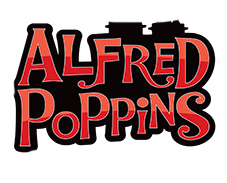Carbon Monoxide poisoning
There are approximately 400 admissions to hospital with Carbon Monoxide (CO) poisoning in England each year and around 40-50 deaths. CO exposure can lead to anoxic brain injury and this section explains what CO poisoning is, its symptoms, treatment and how to prevent it. A list of further useful resources is provided on the ‘Useful links’ page.
All the technical terms that are used are highlighted in bold and explained on the ‘list of common brain injury terms’ page, which you can access using the left-navigation.
The Carbon Monoxide information on this website is available to download in PDF format at the bottom of this page.
What is Carbon Monoxide (CO)?
CO is a colourless and odourless gas, making its presence difficult to detect. It is formed when domestic fuels such as gas, coal, wood and charcoal are burned and by petrol engines. When fuel burns in an enclosed room, the oxygen in the room is gradually used up and replaced with carbon dioxide. If carbon dioxide builds up in the air, the fuel is prevented from burning fully and starts releasing carbon monoxide instead.
 How is Carbon Monoxide (CO) poisoning caused?
How is Carbon Monoxide (CO) poisoning caused?
CO is so dangerous because it binds very tightly to haemoglobin in the red blood cells and so reduces the amount of oxygen which can be carried in the bloodstream. Haemoglobin is the molecule in the blood that oxygen binds to in order to be carried around the body. The binding of CO to haemoglobin is actually more than 200 times stronger than for oxygen, so the CO effectively takes up all the space on the haemoglobin. In addition, CO interferes with the delivery of oxygen from haemoglobin into the body tissues.
These effects severely reduce the oxygen carrying capacity of the blood and limit the availability of oxygen to the body, with the brain and heart being particularly vulnerable. This can lead to anoxic brain injury. Pregnant women and the foetus are particularly susceptible to the toxic effects of CO.
At Alfred Poppins we have made sure we have received the correct training so that all of our chimney sweeps and stove installations are done according to the correct procedures.
When we fit a stove we also install a CO alarm.

